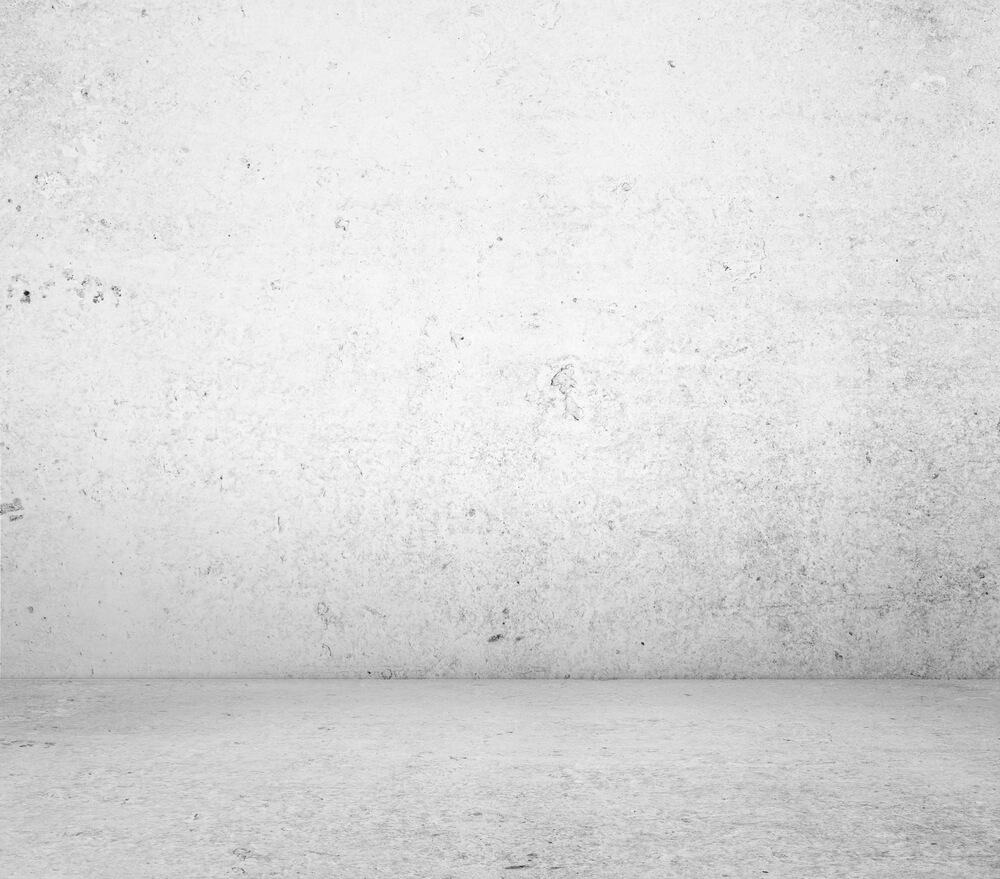When Is The Best Time To Render A House?

Rendering a house can be expensive, but it's worth it. It protects your home from outside elements and prevents any damages that could happen to your walls.
The best time of year to render a house is during the spring season. It is during this time of year that it will be easier for you to apply cement on your house's external walls because the weather starts to get warmer and better condition. If you try to render your house during winter, then you might have a hard time applying the cement because it will just sit there until it dries up.
The best way to shield your home against harsh weather is by applying renderings during spring season. It's easy to apply rendering because even if there are still some cold days left in winter, the temperatures have already started getting warmer which makes it easier for cement mix to dry up quicker than usual.
Keep reading as I explain to you in detail how rendering works.
How Rendering Works
Rendering was primarily used in the old days as a method of preventing destructive elements such as strong winds and rain from penetrating external walls in order to protect homes from harmful damages. This practice has been so successful that most people continued to use this type of protective method to safeguard their properties.
Because of this, people have been more curious about how rendering works and a lot of them have been asking questions about when is the best time to render a house. Well, to be able to answer that question, you first need to understand how rendering works.
Rendering is a process of covering external walls with a protective mixture in order to protect it from elements and at the same time add a pleasant appeal and look to the exterior of your homes. The mixture used to render walls is usually composed of cement, sand, lime, and water.
After the application of the render mixture to your external walls, it needs to be properly dried in order for it to become strong and durable. This drying period is commonly called hydration time.
Based on the information given by Rockcote, hydration is a chemical process that occurs whenever the water included in the render mixture evaporates to form concrete. This hydration time is needed so that the water included in the render mixture would evaporate correctly to avoid the creation of soft damp areas and the formation of cracks caused by trapped moisture on your external walls.
When is the Best Time To Render a House?
Now, because of the hydration time needed to properly render walls, some people are worried that rendering walls during the wrong season will cause it to either dry slowly making it susceptible to damages due to the trapped moisture inside the walls or it may dry too quickly resulting to cracks and patchy finishes.
Most people do recommend that rendering walls should be done during the spring season where the weather is neither too hot or too cold for hydration to occur properly. However, in reality, rendering your external wall can be properly done all year round. You just need to follow the given tips and recommendations below in order for the rendered walls to dry properly.
Tips in Rendering During Cold Season
Rendering your homes during cold seasons may cause the render mixture to dry slowly. This may result in your walls retaining too much moisture making it susceptible to damages.
When you are rendering your walls during the cold season it is advisable to use a quick dry render mixture in order to adapt to the cold weather. Quick-dry render mixtures has a faster curing time than other render mixture available in the market which makes it more appropriate to use during cold seasons.
In addition to that, you can also use a rendering accelerator to reduce the drying time of render mixtures and to quickly eliminate excess moisture on your walls to prevent damages. Furthermore, you can use a cold-weather adhesive to complement your render mixture in order to produce a strong and durable crack-free wall surface finish whenever you plan to render your walls during the cold temperatures.
Tips on Rendering During Hot Season
According to the Portland Cement Association, hot weather generates some challenges when it comes to accomplishing construction tasks due to the rise in temperature that quickly evaporates moisture which interrupts proper hydration time. However, there are some ways to circumvent problems that may occur whenever you are rendering your external wall during hot seasons.
To begin, it is recommended that you start rendering your walls early to avoid the exposure of the render mixture to direct sunlight. The application of render mixture during hot temperature (30 degrees or more) will cause your render to dry out too fast which may result in the formation of cracks and patchy finishes.
You can apply the render mixture before the sun comes up to prevent direct exposure to heat. You can work your way around your house applying the mixture in the shade until every surface is covered. This will prevent direct exposure to hot temperatures when applying the render mixture.
In addition, you can also wet the walls to be rendered with water before applying the render mixture during hot weather. Better yet, you can use a water-based primer to prevent the evaporation and absorption of too much water that may cause your rendered walls to crack during the curing process.
Final Words
Rendering your walls is not just a way to increase the beauty of your homes but it is a necessary process that is required in order to protect your homes from extreme weather conditions that may cause damage to your property.
Although it is advisable to render your house during the spring season, you can practically perform this task at any time of the year. You just need to follow the tips given above and take the necessary precautionary measures in order to prevent problems that may occur from various weather conditions.





